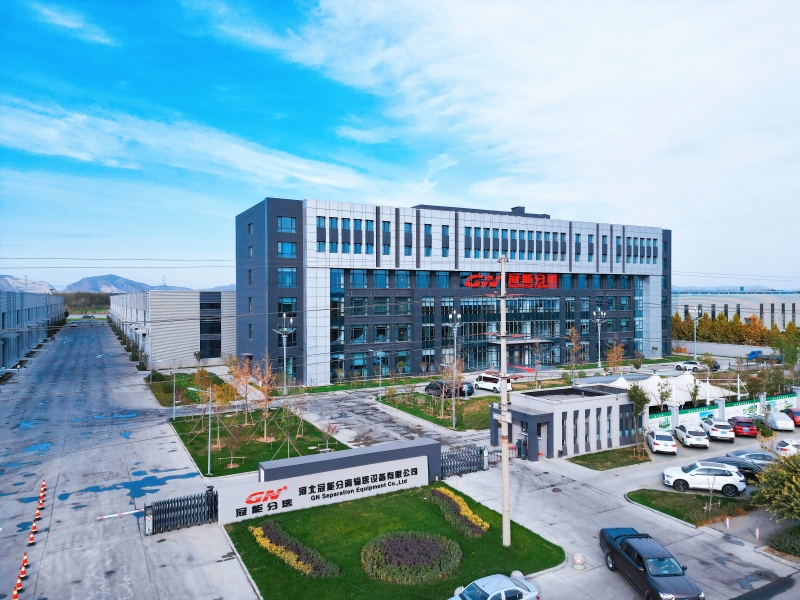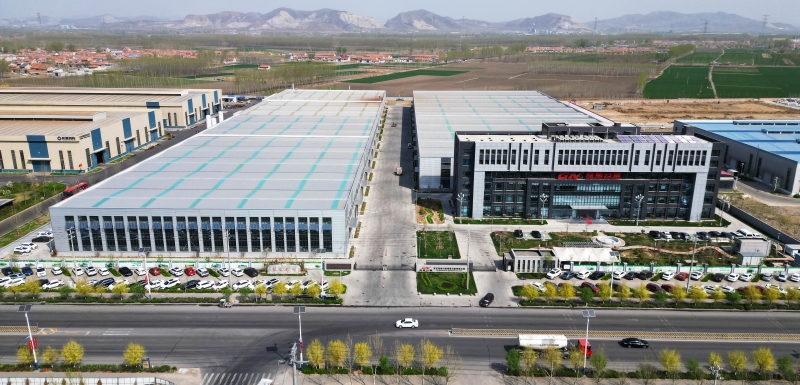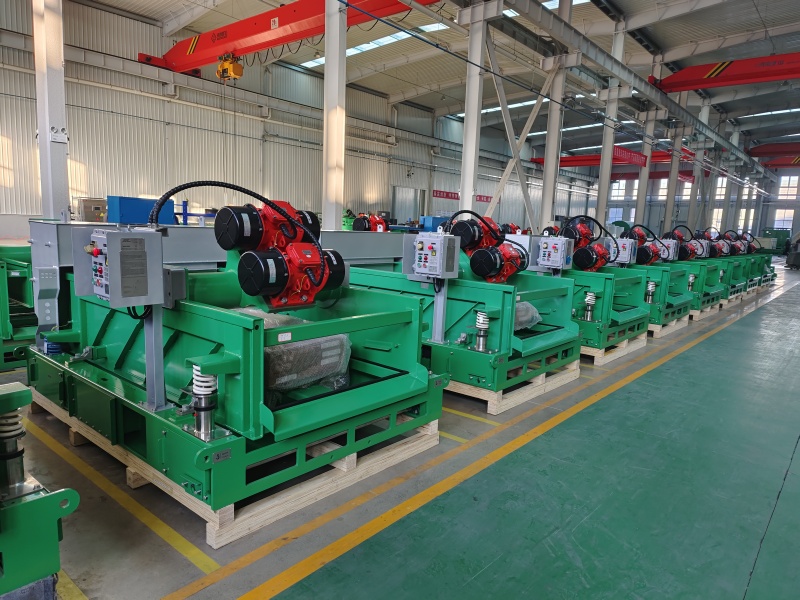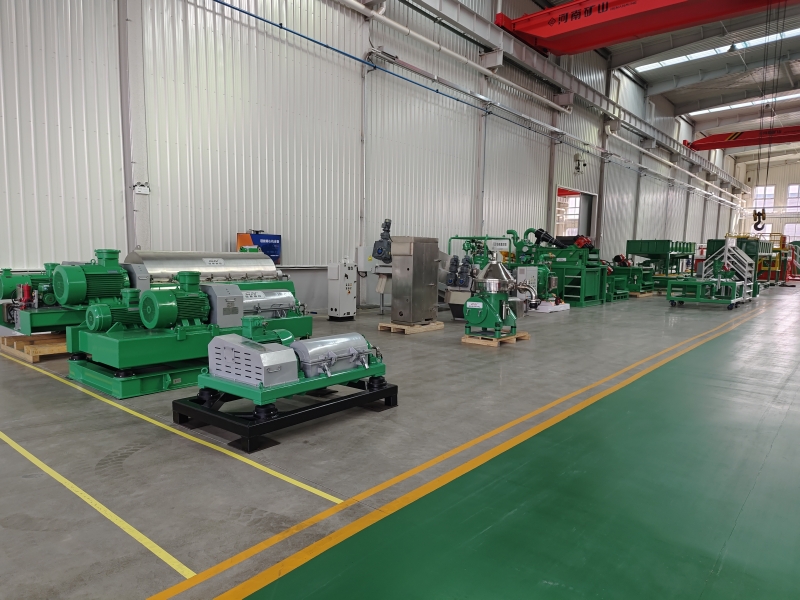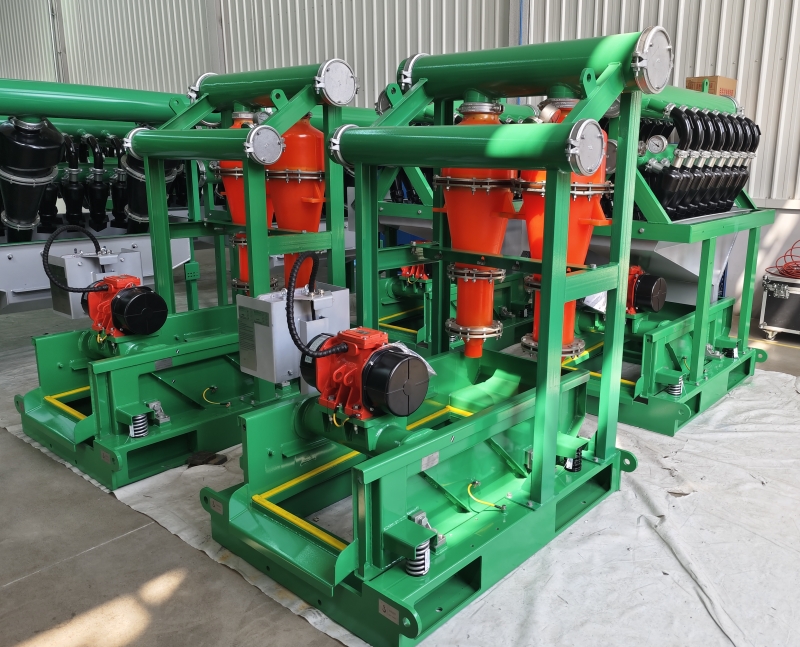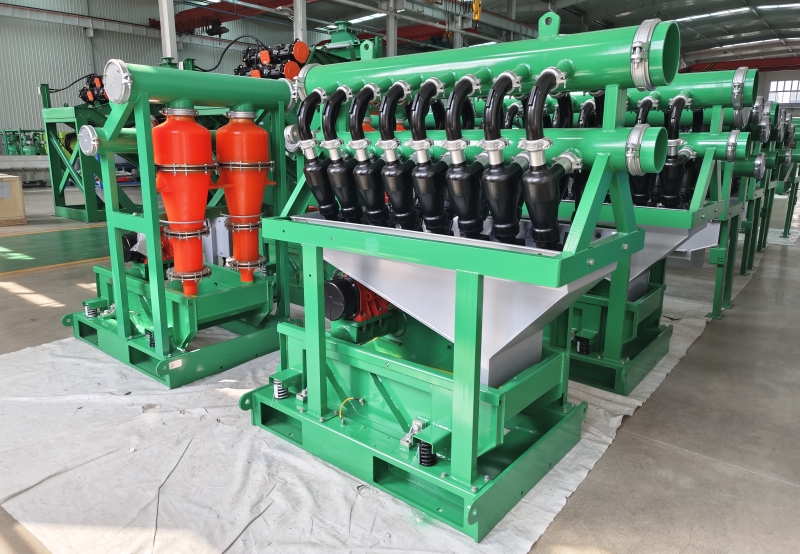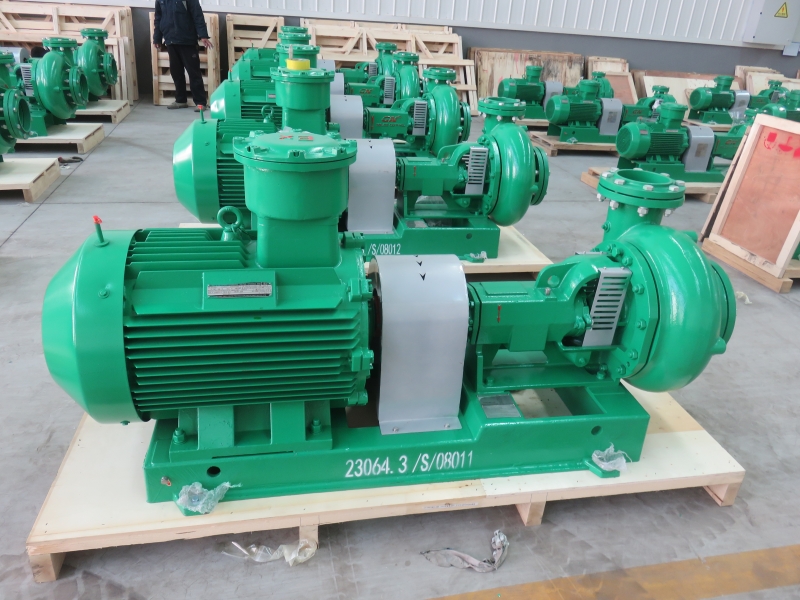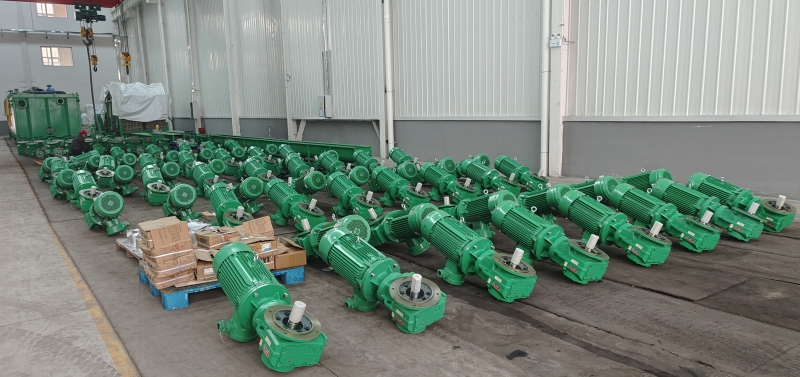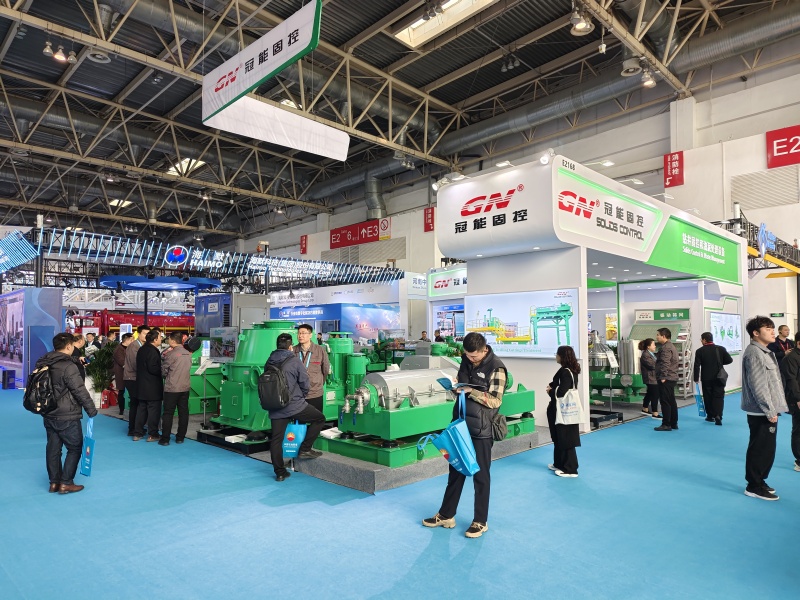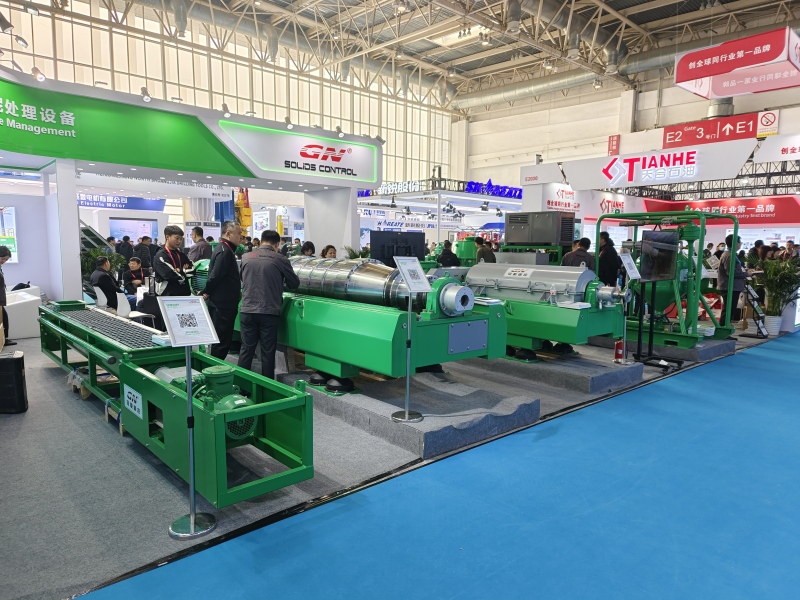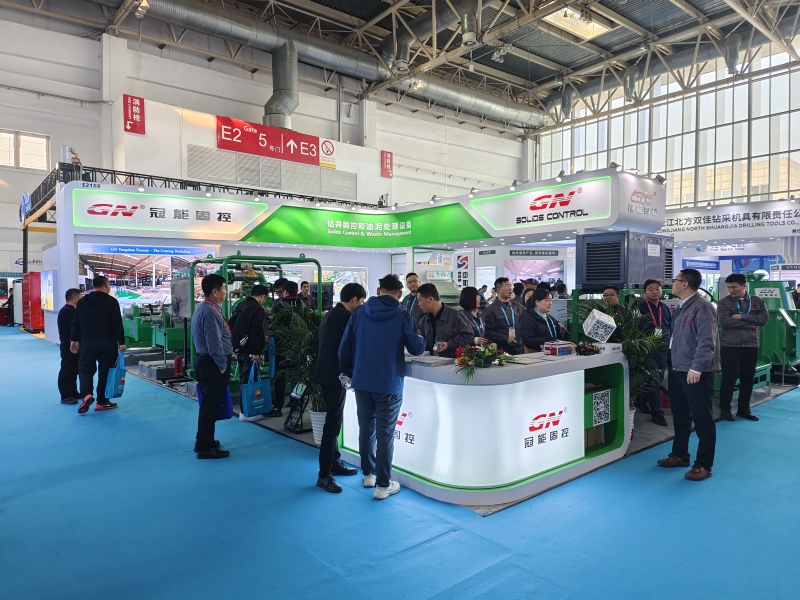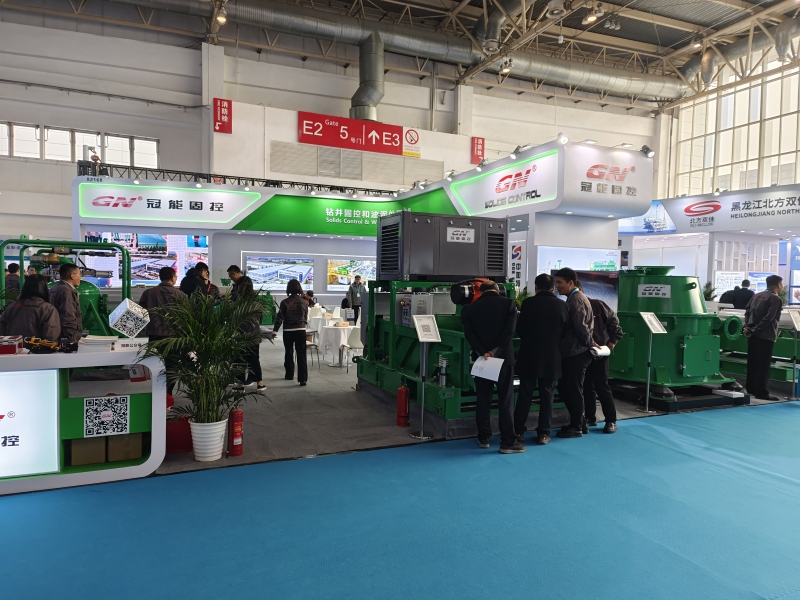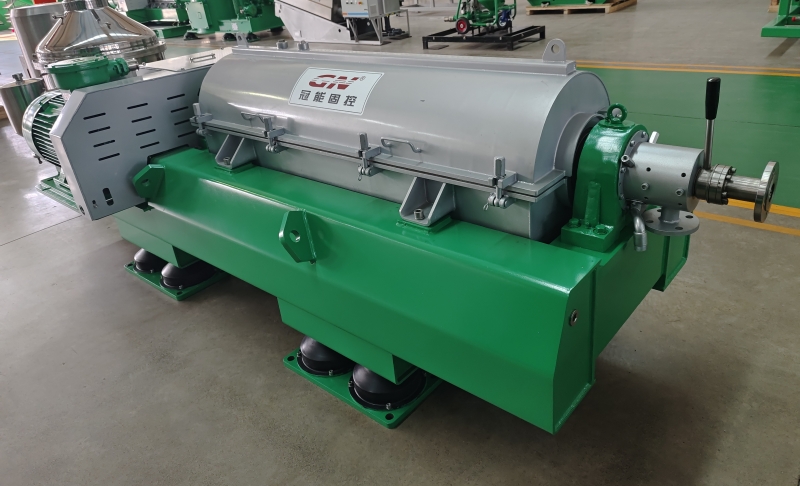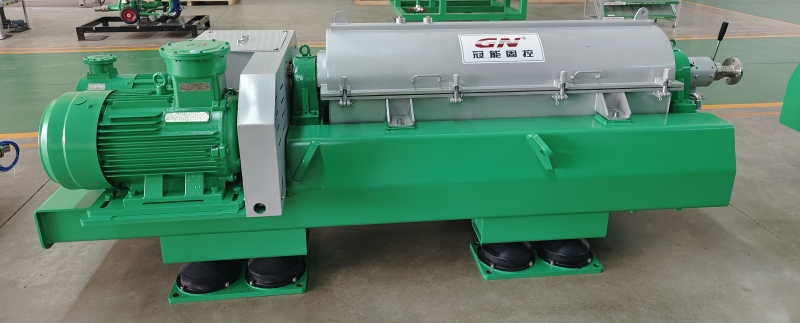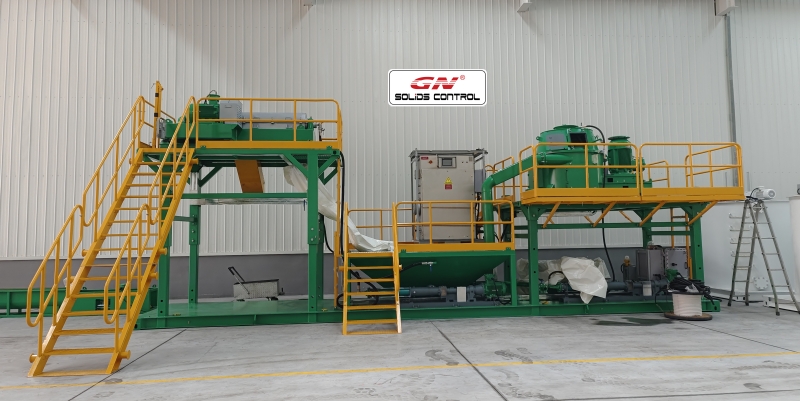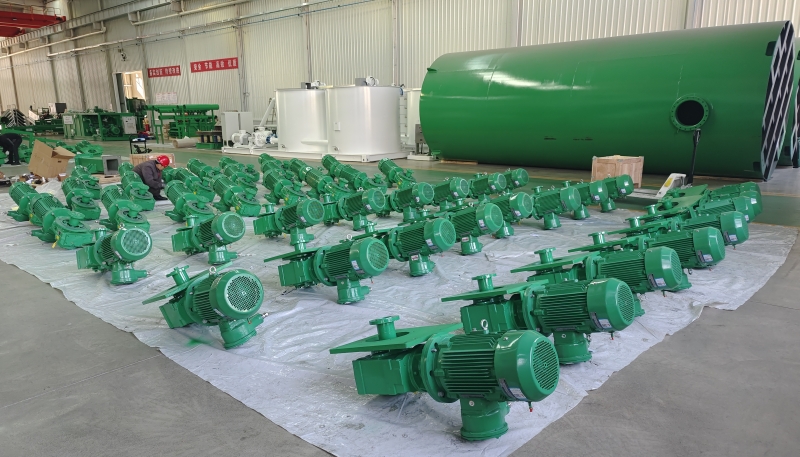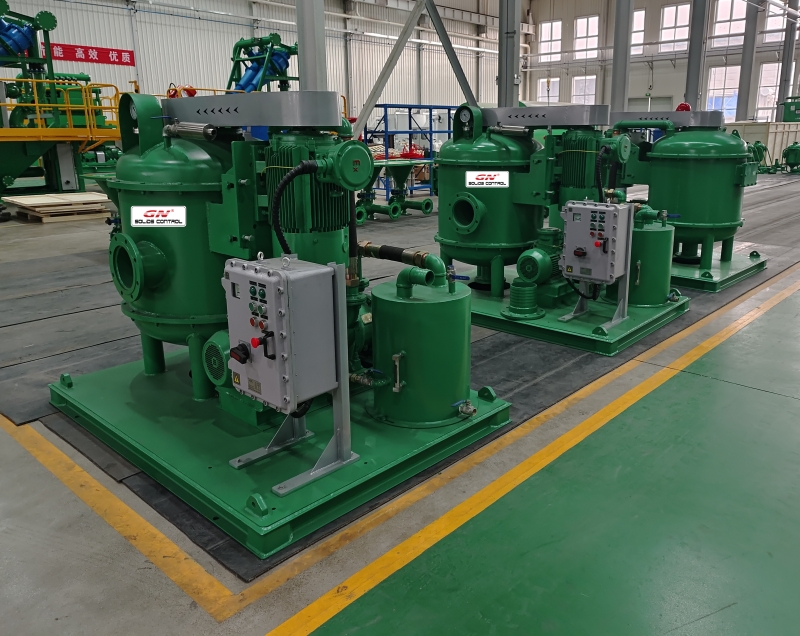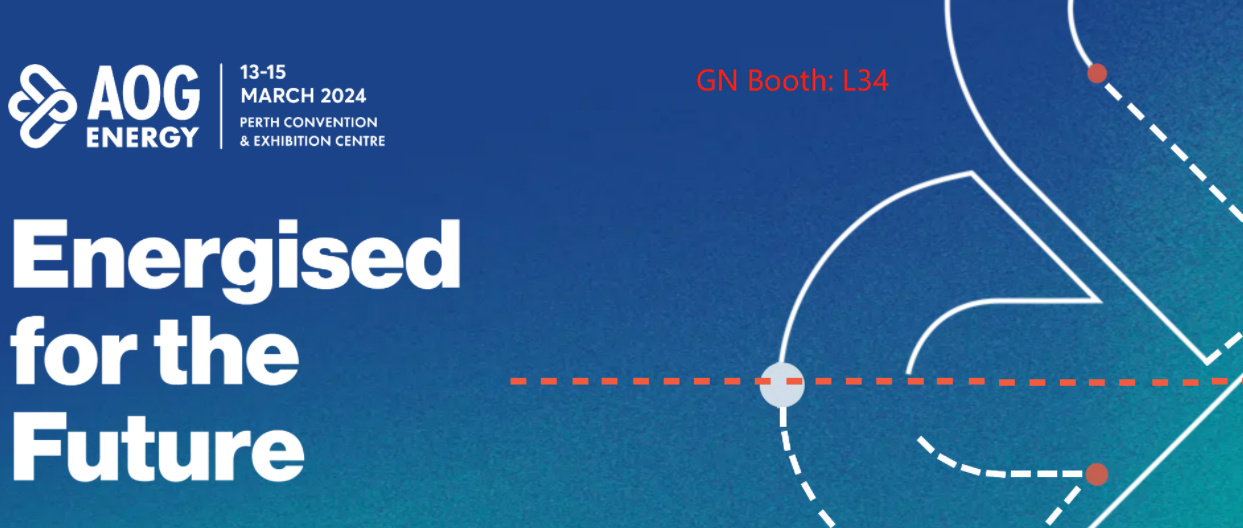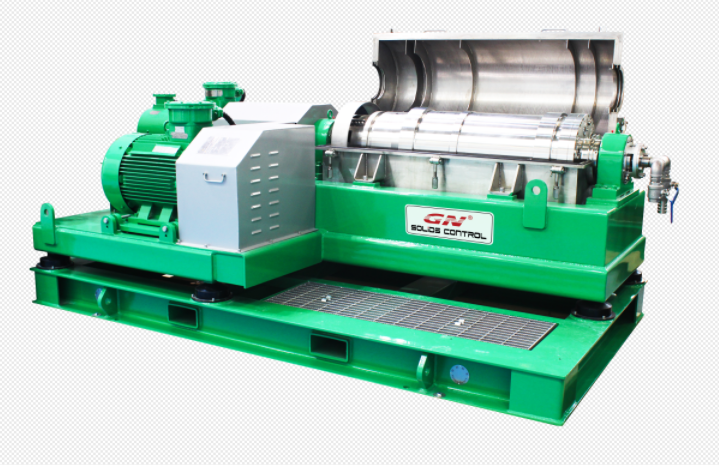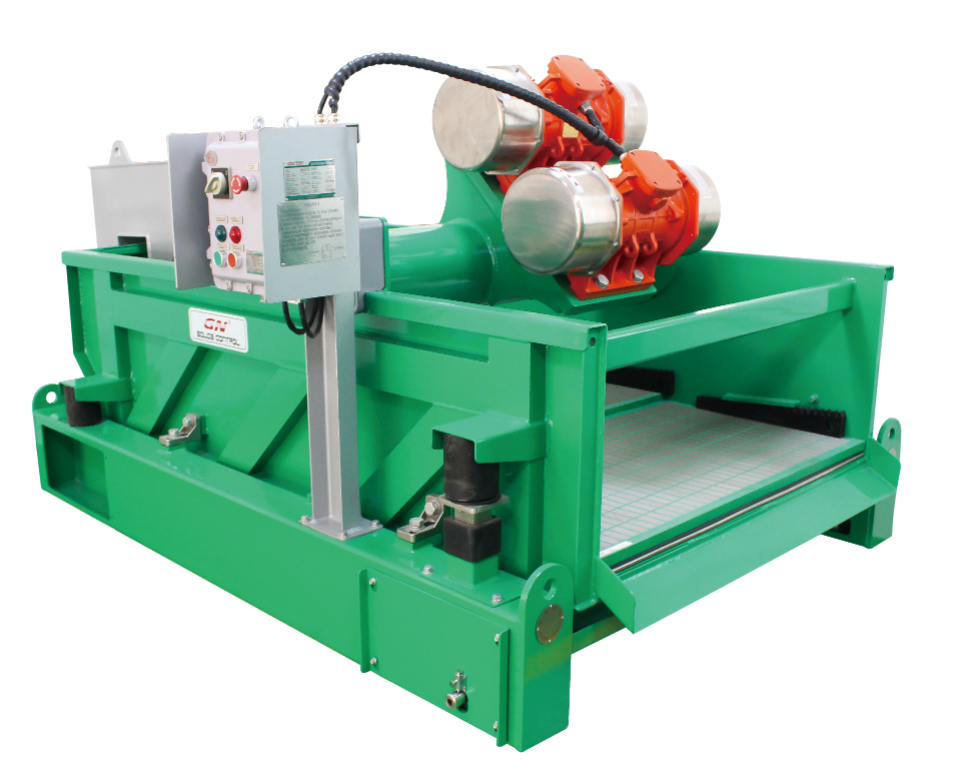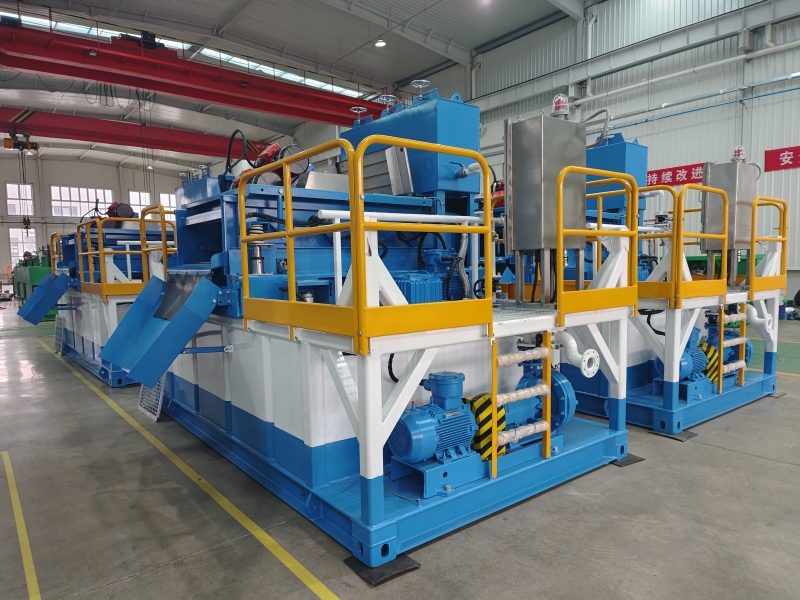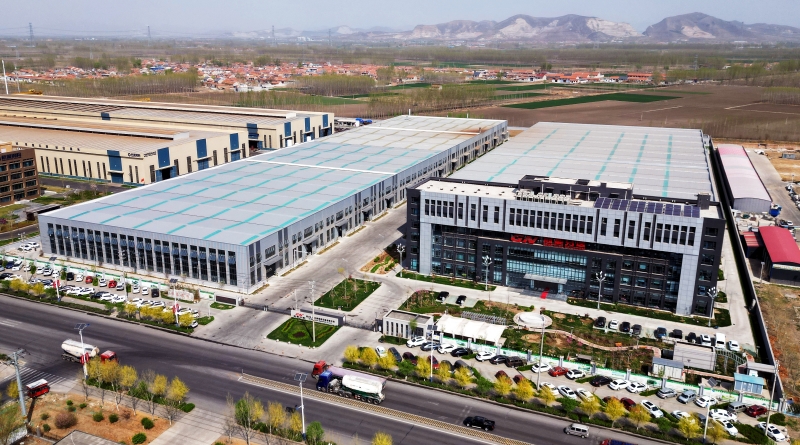
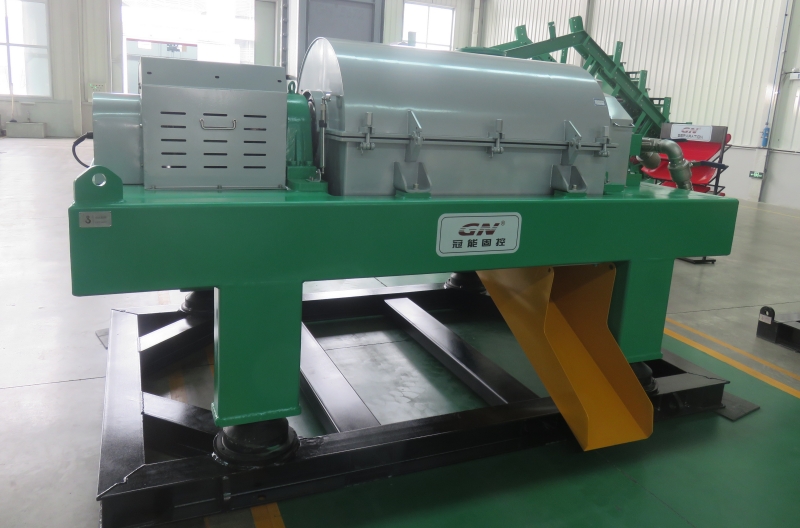

GN is a well-known brand from China, its full company name is HeiBei GN Solids Control Co.,Ltd which locadted in No.3 Industry Road, Dachang Chaobai River Development Area,Langfang, China; We are known around the world for unique innovation without compromise, sophistication while maintaining user simplicity, and superb service to our extremely wide customer base.specializing in supplying solids control& waste management equipment to the global market.
A decanter centrifuge is a type of centrifuge used in various industrial applications for the separation of solids and liquids from a suspension mixture. It works on the principle of sedimentation, utilizing the difference in density between the phases to achieve separation. Here’s how it typically operates:
- Feed Introduction: The mixture to be separated, known as the feed, is introduced into the decanter centrifuge.
- Acceleration: The centrifuge rapidly rotates around its axis, subjecting the feed to centrifugal forces. This acceleration causes the denser solid particles within the feed to migrate outwards toward the bowl wall, while the lighter liquid phase migrates inward toward the center.
- Separation: As the feed moves through the centrifuge bowl, the solids settle against the bowl wall to form a cake layer, while the liquid phase forms a clear layer above the solids.
- Discharge: The separated phases are then discharged from the centrifuge. The clarified liquid typically exits through one outlet, while the solid cake is discharged through another.
- Control and Optimization: Various parameters such as centrifuge speed, feed rate, and other operating conditions are monitored and adjusted to optimize separation efficiency.
Decanter centrifuges are commonly used in industries such as wastewater treatment, chemical processing, food and beverage production, oil and gas drilling, and pharmaceutical manufacturing. They offer advantages such as continuous operation, high throughput, and effective separation of fine particles. Additionally, they can be customized with different bowl designs and accessories to suit specific applications and achieve desired separation results.
Charateristic:
The centrifugal sand and mud removal integrated unit is an efficient solid-liquid separation equipment, mainly used to remove solid particles such as sand and mud in drilling fluids.
It is a specially designed large drum centrifuge.
This equipment separates the solid particles in the drilling fluid under the action of centrifugal force through the rotating drum and screw pusher of the rotating assembly, and passes them through the sand outlet. and mud discharge port.
The centrifugal sand and mud removal machine has the advantages of wide separation particle size range, large processing capacity, compact structure, and easy operation.
It can replace the cyclonic sand and mud removal machine more efficiently, with higher separation efficiency and better quality of recovered drilling fluid. The centrifugal sand and mud removal machine has broad application prospects in oil drilling and other fields. It can effectively improve the solid phase control quality of drilling fluids and drilling efficiency, and reduce drilling costs.
For our equipment brochure or more info, please visit our unique official website: www.gnsolidscontrol.com
MichaelSong
Sales manager
